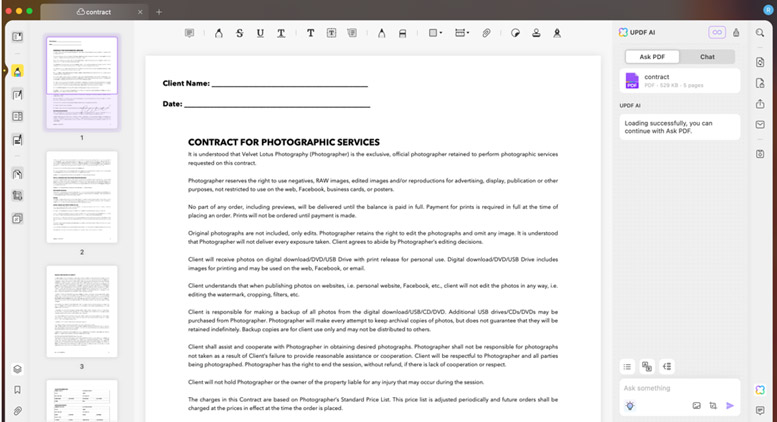AMD pushes 64-bit desktops, Intel unsure
Company stakes future on Hammer architecture
SAN JOSE, CALIF. — Developers, analysts and the media have descended this week upon sunny San Jose, Calif., for Intel’s biannual review of its products and partnerships. And Advanced Micro Devices (AMD) is here as well, demonstrating some of its long-awaited 64-bit products and outlining its mobile strategy at briefings down the street from the San Jose Convention Center, site of the Intel Developer Forum.
Intel competitor AMD is giving demonstrations and briefings to reporters and analysts in suites at San Jose’s Fairmont Hotel. AMD is showing working computers with its Athlon64 desktop chip, Opteron server chip and Athlon64-M notebook chip, all based on the x86-64 architecture known as Hammer. It built all of the PCs in its own labs, and also assembled the four-way Opteron server.
The Sunnyvale, Calif.-based company has demonstrated the Opteron and Athlon64 at other industry gatherings such as Linuxworld and Comdex, but this week marks the first public demonstration of the Athlon64-M, which will now be launched in September along with the desktop Athlon64, said Linda Kohout, mobile brand manager for AMD’s consumer products group.
AMD is convinced that 64-bit computing is ready for the consumer and is staking much of its future on its Hammer architecture, which adds 64-bit extensions to the venerable x86 instruction set. So far, only enterprise customers run 64-bit server chips based on the RISC (reduced instruction set computing) architecture from companies like Sun Microsystems or IBM, or the EPIC (explicitly parallel instruction computing) instruction set used by Intel’s Itanium 2 processor.
However, consumers will only be able to take advantage of a 64-bit processor’s ability to address large amounts of memory if 64-bit operating systems and applications are available. The lateness of Microsoft’s x86-64 version of Windows XP is one of the reasons AMD has delayed the Athlon64 launch.
Athlon64 will provide performance benefits over AMD’s current performance leader, the Athlon XP 3000+ processor, for 32-bit applications and operating systems, Kohout said. But AMD has spent quite a bit of time and money promoting the idea of 64-bit desktop computing and its competition isn’t convinced a need for that technology currently exists on the desktop.
Due to the lack of applications and operating systems, both Intel senior fellow Justin Rattner and vice president and general manager Bill Siu of Intel’s desktop platforms group expressed doubts in separate interviews this week that 64-bit computing is ready for the masses.
Rattner predicted that desktop 64-bit computing won’t become relevant until the end of the decade, outside of a few specialized workstations. Once it does arrive, Intel will have some type of product available for that market, but it isn’t saying what direction it is taking to get there, Siu said.
The Athlon64-M chips will be available for full-size notebooks initially, but AMD expects to release thin and light versions of the 64-bit mobile chip at some point after the September launch, Kohout said.
For now, PC processors remain entrenched in the 32-bit world, with the March launch of Intel’s Pentium-M processor a hot topic this week. But AMD will also release several mobile chips before the debut of the Athlon64 for both the desktop replacement notebook form factor and the thin-and-light notebook, Kohout said.
Consumer interest in heavy notebooks that deliver desktop-like performance has taken off over the last six to eight months. But business customers are willing to pay a premium for thin-and-light notebooks that put battery life and portability ahead of raw performance. AMD will cater to both crowds via mobile chips with different voltage grades, utilizing its Powernow power management technology, she said.
Unlike Intel, which plans to include wireless technology with the Pentium-M in a chipset package known as Centrino, AMD will sell its processor and wireless chips separately, she said.
In the first half of 2003, AMD will release a low-voltage processor based on its Thoroughbred core for the thin-and-light crowd, and follow that with chips for both desktop replacement and thin-and-light notebooks based on its Barton core. Current AMD Athlon XP mobile processors are based on the Thoroughbred core, but the company will bring the higher cache of the recently released Barton core to its mobile processors, Kohout said.
AMD will follow up the twice-delayed Athlon64 launch with the release of desktop and mobile Hammer chips based on its 90 nanometer process technology, she said. At this point, the desktop version is known as San Diego and AMD is calling the mobile version Odessa.




